Station Faciale
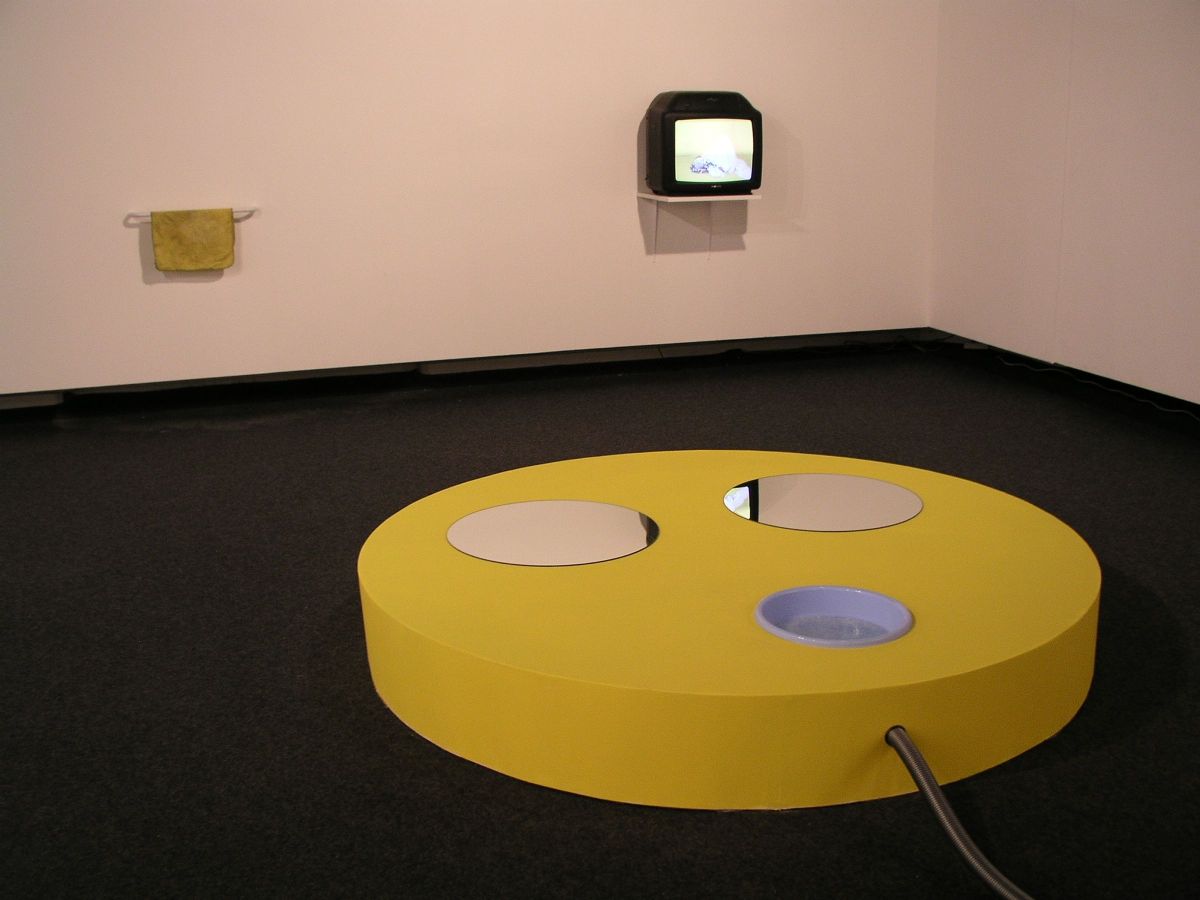

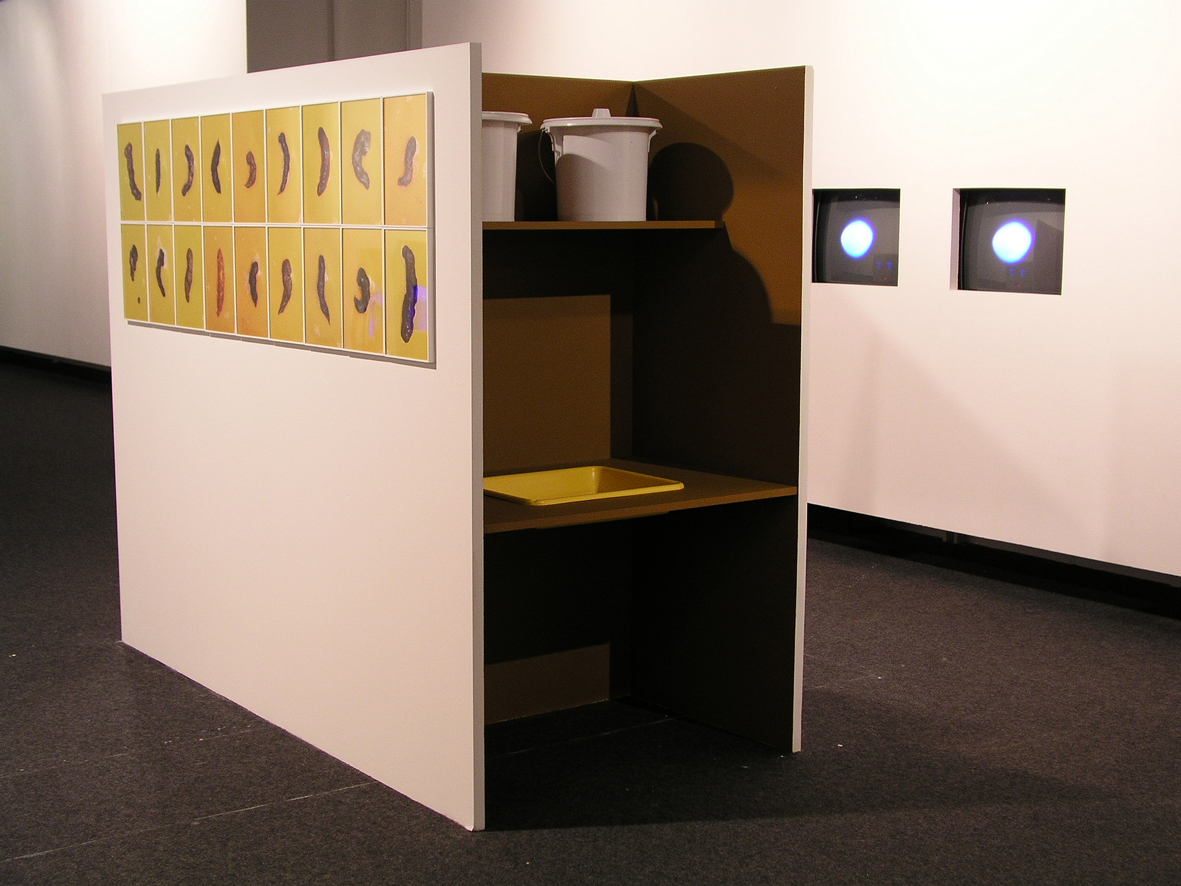
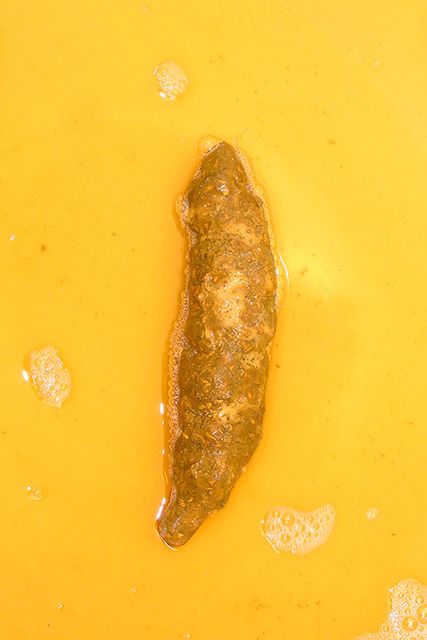
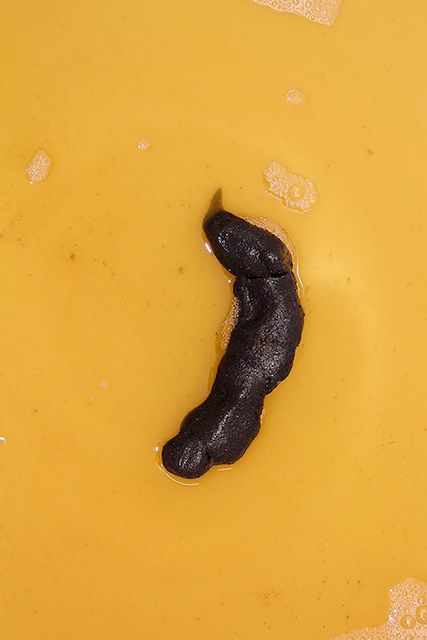

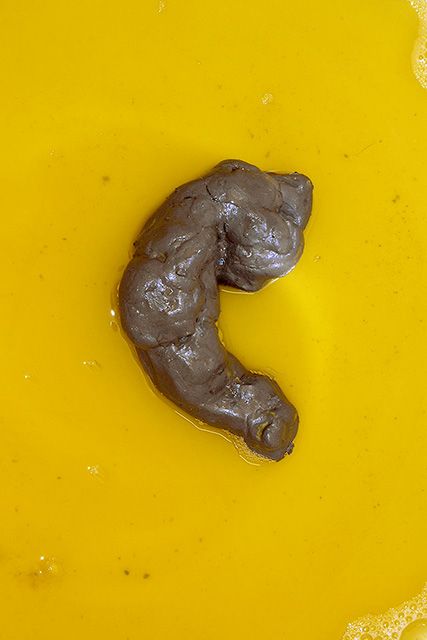


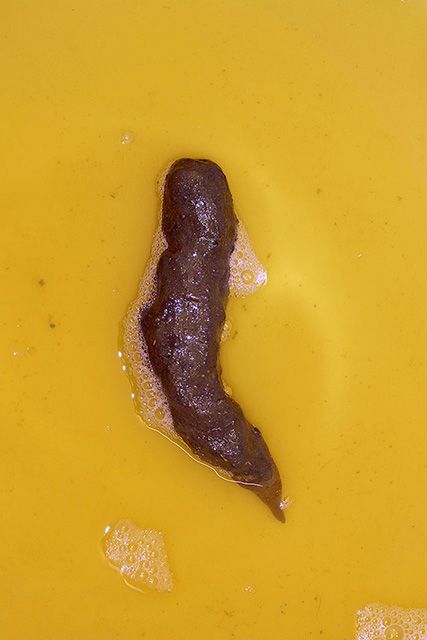

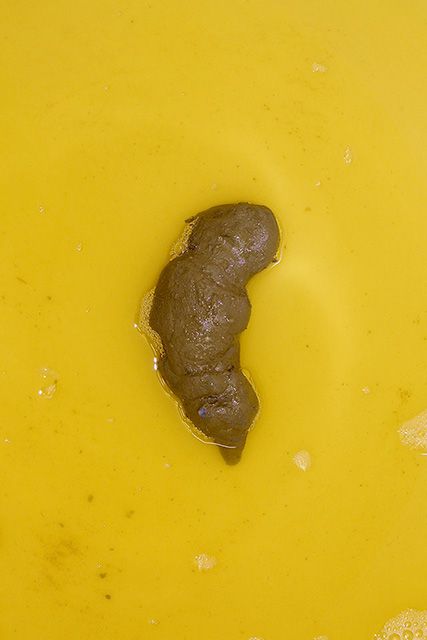
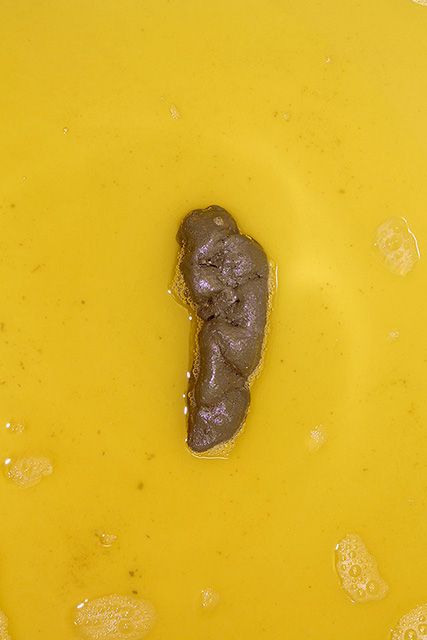

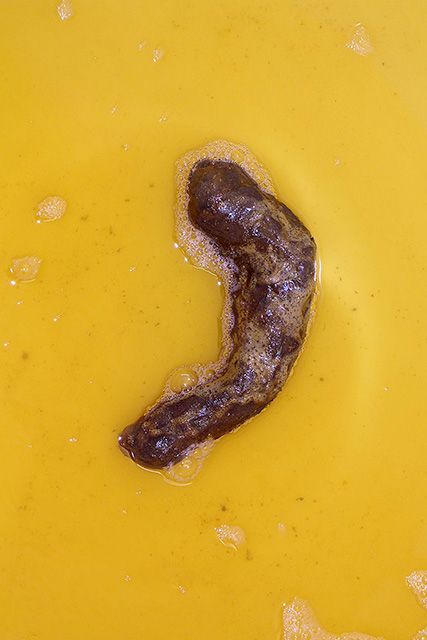

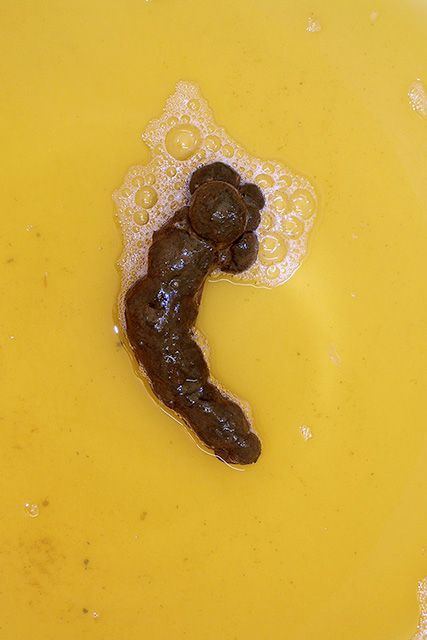
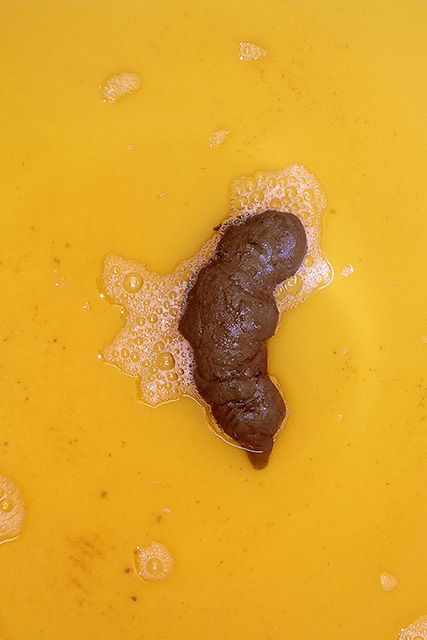

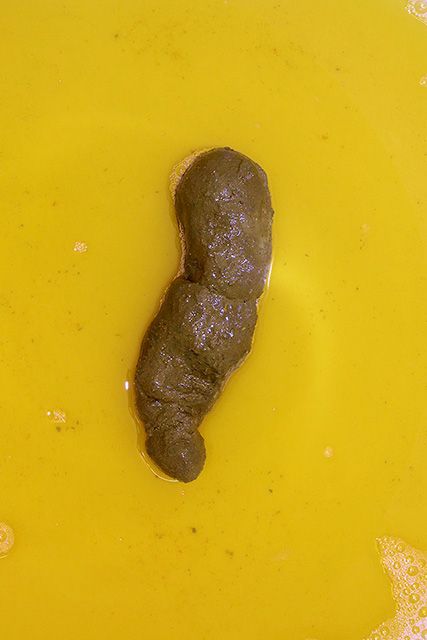

8 octobre - 28 octobre, 2003
Série de vingt photographies, 20 x 30 cm
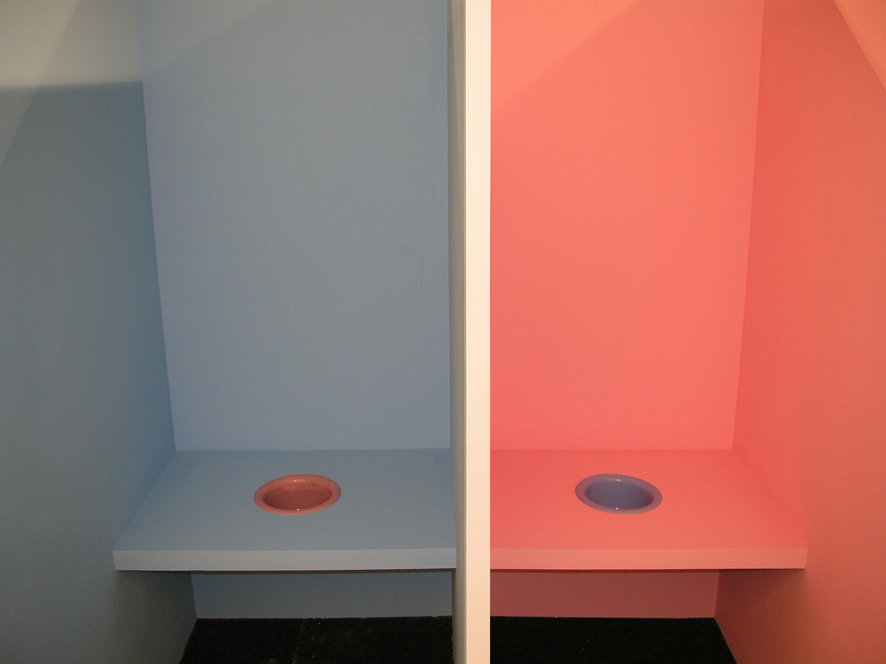

(…) At l’Espace Arts Plastiques in Vénissieux, the double installation making up Face Station takes its inspiration from, among other things, the images and supernatural phenomena certain spectators pretend to have discerned in the smoke of the explosions caused by the attacks of September 11th 2001 (demonic, or on the contrary angelic apparitions). These accidents or manipulations of the image recall “the spectral theory of photographed bodies” that George Didi Huberman evokes which also greatly influenced the texts Roland Barthes dedicatd to photography and photographic practice at the turn of the 20th century: Didi-Huberman
points us to Nadar himself or the psychiatrist Baraduc who very seriously affirmed recording “the aura of a nightmare” or the “vibration of a vital force” on a photosensitive plate1.
One could also summon the playwright and amateur photographer August Strindberg working within the symbolist movement of the same period, who photographed clouds within whose forms he would distinguish the manifestation of spirits.
What Francesco Finizio retains is indeed a tense, almost hysterical relation, to the informal, controlled at any cost —in the american case— by anthropomorphic projections. Much like his fellow countrymen and artists Mike Kelley and Paul McCarthy, he doesn’t hesitate to use the metaphor of the anal stage. Finizio also sees the expression of a regressive and infantilizing tendency of our cultures that crystallizes in the attacks of Spetember 11th.
In the second part of Station Faciale, the artist points out this regressive anthropomorphism in the way forms of common consumer items (voitures, électroménager ou appareils audio-visuels) have evolved, growing smaller and smaller and reminiscent of children’s toys, often bestowed with this summary stylized face - eyes, nose, mouth- “archetype of the childish appropriation of the other”. This infantilizationof the world, this “becoming Smurf of the northern hemisphere”, to continue paraphrasing Jean-Charles Massera, essentially denotes a frantic need for control: therefore, “no more strangeness, no more alterity and above all no complexity”2. What good then to valorize the maturity of a society that entertains the illusion to foresee and prevent all need- and by the same token all failure and loss - even before it happens, but reveals itself as essentially directive in order to do so.
Anne Giffon-Selle, 2003
Excerpt from the exhibition press release.
1 - Georges Didi-Huberman : Invention de l’hystérie. Charcot et l’iconographie photographique de la Salpétrière, Macula, 1982, pp. 88-97.
2 - Jean-Charles Masséra : “Le devenir Schtroumpf de l’hémisphère Nord”, in : Présumés innoncents, l’art contemporain et l’enfance, Bordeaux, capc, Musée d’art contemporain, 2000, pp. 65-72.